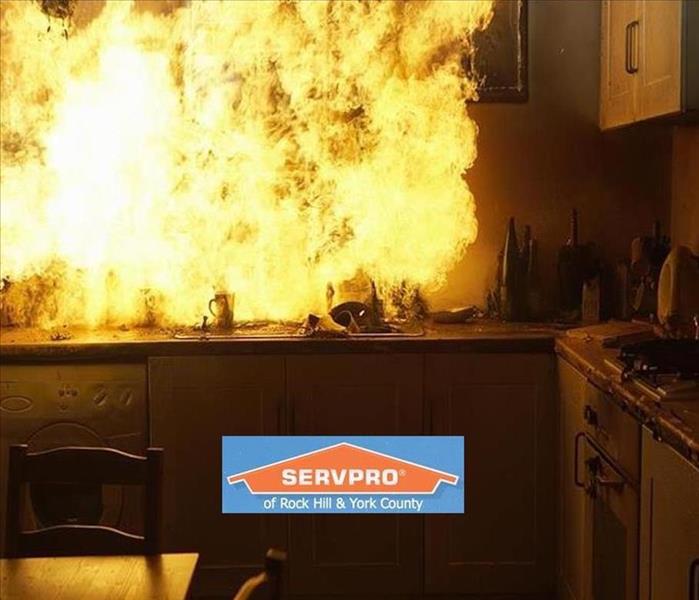River Hills Plantation Fire Damage Specialists
3/9/2018 (Permalink)
Fire Damage
Accidents happen, and sometimes a small fire breaks out inside your River hills home. Even if the fire gets put out quickly, the smoke from the blaze still causes damage. In many fire scenarios, smoke causes more damage to the home than the actual flames do.
Whenever there is a fire in your home, it is important to contact professionals that know how smoke effects a home. SERVPRO's fire damage experts in River Hills are IICRC certified and know about how smoke behaves inside a structure. Knowing how smoke behaves helps our team find all of the places where smoke residues reside.
During a fire smoke and soot particles find different places in your home to settle. Sometimes soot hides in places that are not visible at first sight. SERVPRO's restoration crews know that two factors of smoke behavior deal with temperature. The temperature of the smoke and the temperature of the surrounding surfaces are two main factors that affect where soot settles inside a building.
The temperature of the smoke decides where soot created by it settles inside a dwelling. Hot air always rises above and replaces cold air because it is not as dense. The act of heat transferring through air movement is known as convection. The longer a fire burns, the more the heat wants to move upward inside the structure.
As everyone knows if you are ever in an indoor fire you are supposed to get low to the ground because smoke rises. Soot collects first on the ceiling directly above the fire source. Smoke then moves into other rooms from the tops of doorways.
Another factor that effects where smoke moves inside a home are the temperature of the surrounding surfaces. Due to convection, soot from the smoke firsts sticks to surfaces that have a colder temperature. Sometimes closets have smoke damage on the ceiling because the temperature is lower inside the closet than other places in the house.





 24/7 Emergency Service
24/7 Emergency Service
